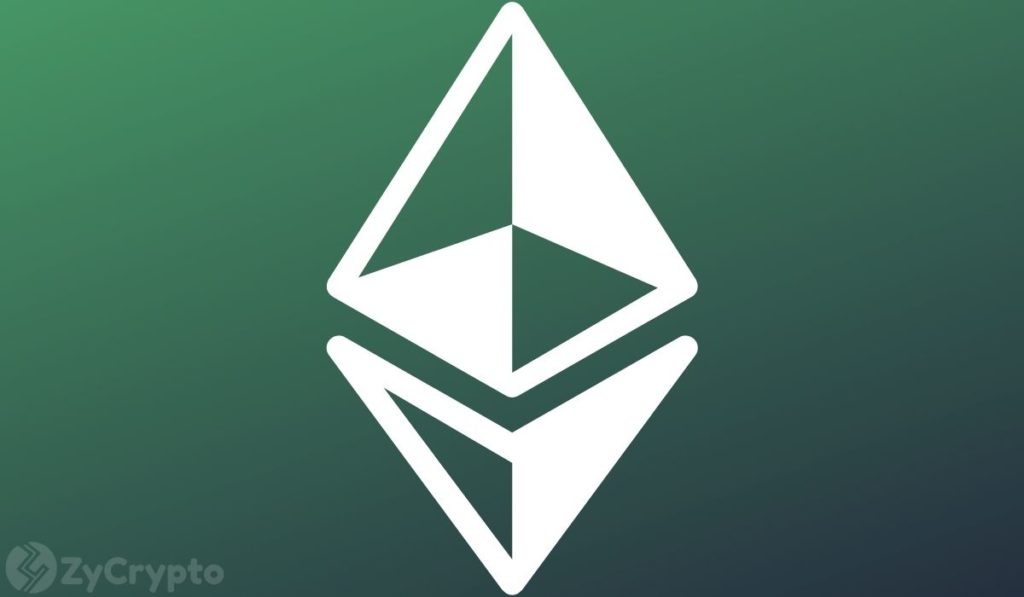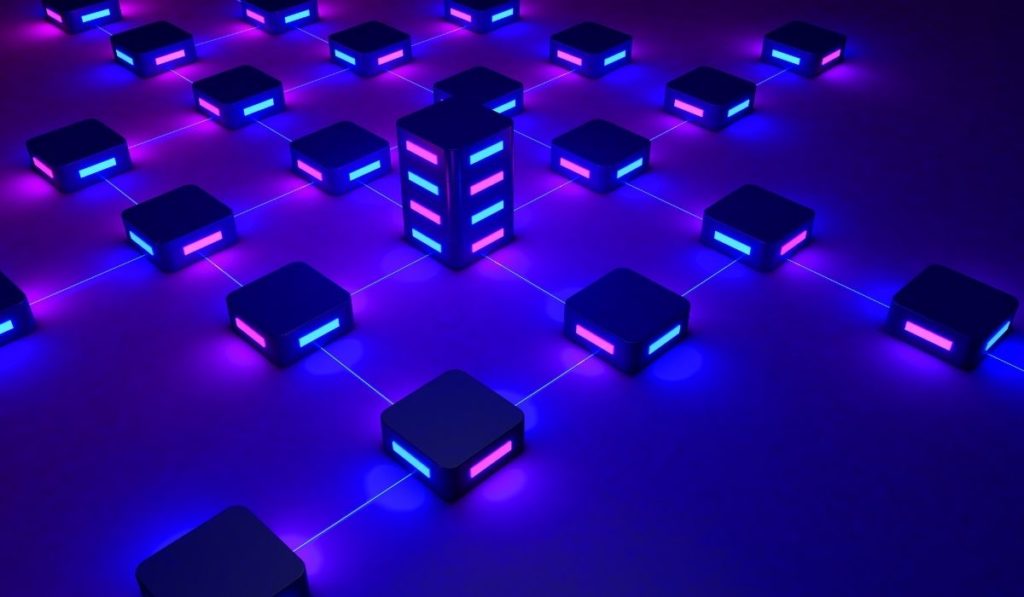2018-9-1 11:50 |
Clearing Up Common Misconceptions About Ethereum
Ether is the second largest cryptocurrency in terms of its market share, and its Ethereum network has introduced several innovations that have been widely imitated and expanded upon by other blockchain technologies – most notably smart contracts and support for third-party decentralized applications.
However, this system remains the source of much confusion; many people are unsure about Ethereum's relationship to the applications its blockchain supports, to the myriad tokens using its ERC-20 standard, and to increasing legal scrutiny that has affected other blockchain technologies.
The entire breadth of this powerful system is beyond the scope of this article – a recent article in Wired Magazine called Ethereum “coding's new wild west” – but we can nonetheless attempt to clear up some of the most common misunderstandings about the platform.
Ethereum vs. EtherMany people erroneously refer to Ether as Ethereum, but the two are not synonymous; Ethereum is a blockchain-based virtual machine that supports smart contracts and can be used by decentralized applications, whereas Ether is the cryptocurrency used by the platform.
Ether is required by applications using the virtual machine as a “gas” payment in order to mitigate superfluous computations, but it is also a hugely popular cryptocurrency in its own right that has grown immensely in value since its release. Ethereum currently supports thousands of decentralized applications, which can execute smart contracts – agreements codified as computer algorithms that can handle a virtually unlimited variety of assets, conditions, and actions in a time-sensitive manner.
Ethereum's decentralized applications essentially rent memory and processing power from the distributed network of computers running the virtual machine, resulting in a truly leaderless network that cannot be censored, even by its creators.
ERC-20The ERC-20 standard is a set of rules that cryptocurrency tokens must implement in order to be used in programs running on the Ethereum Virtual Machine. Thousands of tokens have been created using this standard, which defines six functions they must be able to execute properly, regardless of the computer language used to achieve this.
These tokens can then be used as internal currencies for applications, or traded as their own assets, but they require a wallet designed for Ether and are typically not listed on public exchanges. During the cryptocurrency boom of 2017, many ERC-20 tokens were released that lacked a strong business model, and some were even explicitly scams, but many others are integrated with genuinely innovative projects.
SecurityEthereum is a demonstrably secure network. Though some applications built to use its distributed computing capabilities have been the victims of noteworthy security breaches, the system itself has never been compromised, and its developers liken these occurrences to a website, rather than the internet itself, being hacked.
Most of the code that runs Ethereum's applications is open source, and an international network of developers is enthusiastically devoted to maintaining its integrity.
Regulations And VolatilityMany cryptocurrencies, including Ethereum, saw an extraordinary rise in value during 2017, but during that year they also became the subject of much greater regulatory scrutiny, and it was in fact a set of new regulations in China and South Korea that precipitated the most significant loss of value at the end of the year.
Speculators remain uncertain if the late 2017 dive was a bubble bursting or a regular market correction, but they can agree that Ether weathered the storm better than many other cryptocurrencies because of its integration with the larger ecosystem of Ethereum applications.
ConclusionThe afore-mentioned article in Wired Magazine presents a very interesting point about Ethereum, comparing it to the internet in the early 1990s: it is a system that presents an exciting and uncharted territory for programmers, remains unclouded by corporate interests, and it is still largely unknown to those outside of the field.
Software developers and entrepreneurs have still barely scratched the surface of this remarkable innovation, and it will be interesting to see how it is applied in the future.
Similar to Notcoin - Blum - Airdrops In 2024
Ethereum (ETH) на Currencies.ru
|
|




















